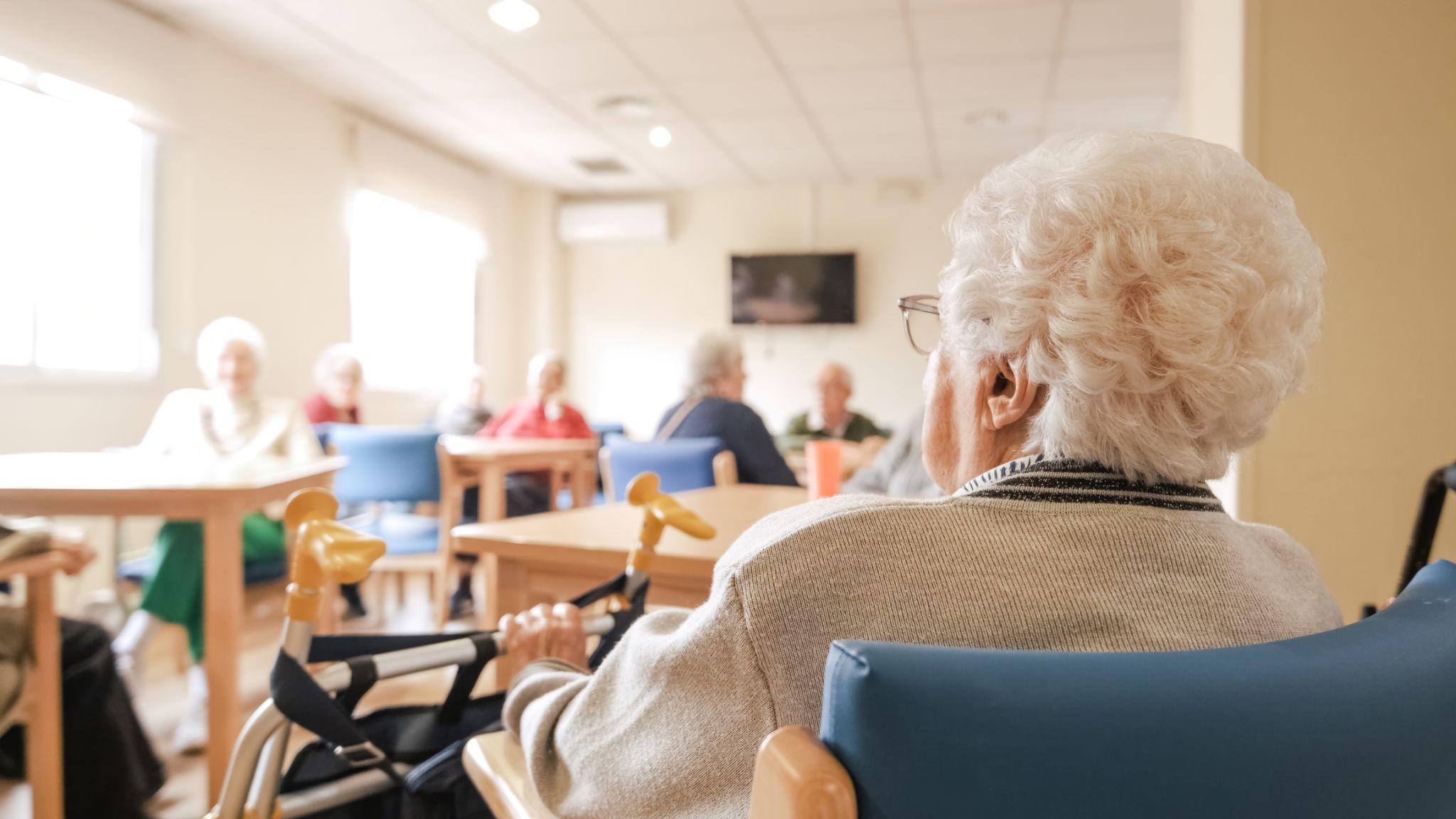How to Prepare Your Home for Live-in Care: Essential Tips
HI
Understanding the Needs of Live-in Care
Preparing your home for live-in care requires thoughtful planning to ensure that both the caregiver and the individual receiving care are comfortable and safe. Start by understanding the specific needs and preferences of your loved one. Consider their mobility, medical requirements, and daily routines. Having a clear understanding will help in making informed decisions about necessary adjustments in the home.
Make a list of essential modifications that can enhance accessibility and safety. This might include installing ramps, grab bars, or even rearranging furniture to ensure there is enough space for easy movement. Prioritizing safety and comfort is key to creating a welcoming environment for live-in care.

Organizing Personal Spaces
The personal space of the person receiving care should be organized efficiently. Ensure that their room is equipped with all necessary items such as a comfortable bed, storage for personal belongings, and easy access to essential medical equipment. A well-organized space can significantly impact their quality of life, making it easier for caregivers to attend to their needs promptly.
Additionally, think about incorporating elements that bring joy and familiarity, such as family photos or favorite books, to make their environment feel more like home. This personalization can aid in emotional well-being and help in adapting to the new living situation.
Setting Up a Functional Caregiver Space
The caregiver will also require a dedicated space where they can rest and manage their responsibilities. Providing a comfortable sleeping area, storage for personal items, and a workspace for managing care-related tasks is essential. A designated area ensures that caregivers have the resources they need to deliver the best possible care.

Enhancing Communication and Privacy
Open communication is fundamental in live-in care arrangements. Establish clear guidelines and routines that accommodate both parties' needs. Discuss privacy expectations and ensure that both the caregiver and the person receiving care feel respected and heard. Effective communication helps build trust, which is crucial for a successful caregiving relationship.
Consider setting up a communication board or using technology to keep everyone informed about appointments, medication schedules, and other important information. Such systems can minimize misunderstandings and enhance coordination between family members and the caregiver.
Preparing for Emergencies
An important aspect of preparing your home for live-in care is ensuring you are prepared for emergencies. Install smoke detectors and carbon monoxide alarms, and ensure that all emergency numbers are easily accessible. Create an emergency plan that includes evacuation routes and emergency contacts, so everyone knows what to do in case of an unexpected situation.

Incorporating Technology for Better Care
Technology can be a powerful ally in managing live-in care more effectively. Consider integrating devices such as medical alert systems, video monitoring, or smart home assistants to streamline caregiving tasks. These tools can provide peace of mind by allowing for continuous monitoring and prompt response if needed.
While setting up technology, ensure that it aligns with the comfort levels of your loved one. The goal is to enhance independence without overwhelming them with complex systems.
Maintaining a Healthy Environment
A clean and organized home is essential for both physical health and mental well-being. Establish a regular cleaning routine to maintain hygiene and reduce stress levels. Encourage open windows or use air purifiers to ensure good air quality, which can be particularly important for those with respiratory issues.
Finally, remember that preparation is an ongoing process. Regularly assess the living conditions, making adjustments as needed to accommodate any changes in health or preferences. By creating a supportive and adaptive environment, you can ensure a positive experience for everyone involved in the live-in care arrangement.
